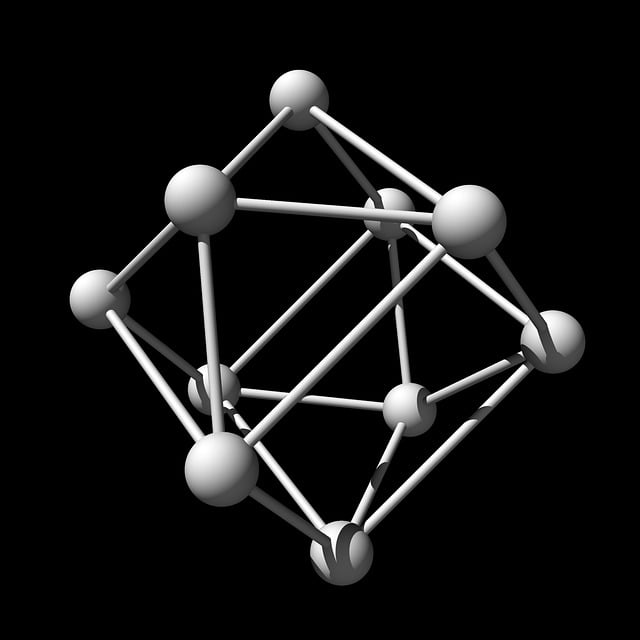Kratom, derived from Mitragyna speciosa, has emerged as a valuable natural aid for sports recovery due to its unique "kratom pigmentation" and chemical composition. Its analgesic and anti-inflammatory properties alleviate muscle soreness and pain from intense workouts, while key alkaloids like mitragynine interact with opioid receptors to provide relaxing and energizing effects. Incorporating kratom into fitness routines can significantly accelerate post-workout discomfort reduction, allowing for consistent training and mitigating overtraining risks. By promoting blood flow, reducing inflammation, and expediting tissue repair, kratom optimizes recovery times, enhances performance, and improves sleep quality for athletes and fitness enthusiasts.
In today’s competitive athletic landscape, efficient recovery strategies are paramount. Among natural remedies gaining traction is kratom, known for its potential pain-relieving and mood-enhancing properties. This article explores how kratom can guide athletes in their post-workout recovery journey. We delve into effective recovery techniques, focusing on kratom pigmentation—a comprehensive approach to optimize healing and accelerate muscle repair. By understanding kratom’s role, athletes can harness its benefits for improved performance and well-being.
- Understanding Kratom and its Role in Training Recovery
- Exploring Effective Recovery Strategies for Athletes
- Kratom Pigmentation: A Comprehensive Guide for Optimal Post-Workout Healing
Understanding Kratom and its Role in Training Recovery

Kratom, a plant-based substance derived from the Mitragyna speciosa tree, has gained attention for its potential benefits in sports recovery. Often referred to as a “kratom pigmentation” due to its various color forms, it acts as an analgesic and anti-inflammatory agent, offering relief from muscle soreness and pain associated with intense workouts. The unique chemical composition of kratom includes alkaloids like mitragynine, which interacts with opioid receptors in the body, providing both relaxing and energizing effects.
In the realm of training recovery strategies, kratom can play a pivotal role. Its ability to mitigate post-workout discomfort allows athletes to recover faster, enabling them to maintain consistency in their training routines. Moreover, kratom’s stimulating properties enhance mental focus and motivation, encouraging individuals to push their physical limits while minimizing the risk of overtraining. By understanding how kratom interacts with the body’s natural processes, fitness enthusiasts can harness its potential to optimize their recovery journeys.
Exploring Effective Recovery Strategies for Athletes

In the pursuit of optimal athletic performance, exploring effective recovery strategies is paramount for athletes. Recovery not only aids in muscle repair and rejuvenation but also plays a crucial role in enhancing overall endurance and reducing the risk of injuries. Among various techniques, kratom pigmentation has emerged as a promising natural ally. Kratom, known for its diverse alkaloid profile, offers anti-inflammatory properties that can significantly alleviate post-workout muscle soreness and fatigue.
By incorporating kratom into their recovery routines, athletes may experience faster recovery times, enabling them to maintain consistent training schedules. The plant’s unique ability to interact with opioid receptors in the body contributes to its pain-relieving effects, making it a valuable tool for managing acute and chronic muscle discomfort. Moreover, kratom pigmentation can support sleep quality, ensuring athletes get the rest they need for optimal performance.
Kratom Pigmentation: A Comprehensive Guide for Optimal Post-Workout Healing

Kratom, a powerful herbal extract, offers more than just its renowned mood-enhancing and pain-relieving effects. One lesser-known yet crucial benefit is its profound impact on kratom pigmentation, playing a pivotal role in post-workout recovery. This process involves the body’s natural response to inflammation and muscle damage, and kratom can significantly enhance this mechanism.
When used strategically, kratom aids in the healing process by promoting blood flow to exhausted muscles, reducing inflammation, and accelerating tissue repair. Its unique chemical composition targets specific receptors involved in pain perception and stress response, fostering a balanced recovery state. By understanding and optimising kratom pigmentation, athletes and fitness enthusiasts can unlock faster post-workout recovery, enhancing overall performance and well-being.
Kratom, with its unique properties, emerges as a valuable tool in an athlete’s recovery arsenal. By understanding its role in facilitating muscle healing and reducing inflammation, we can optimize post-workout routines. Integrating kratom guidance into recovery strategies offers a natural approach to enhance performance and accelerate the body’s healing process. As research continues to uncover kratom pigmentation’s benefits, athletes can harness its power for faster, more effective recovery, ensuring they’re always ready to push their limits.














